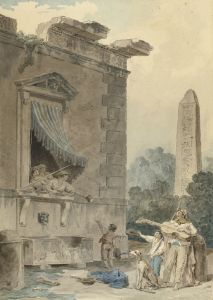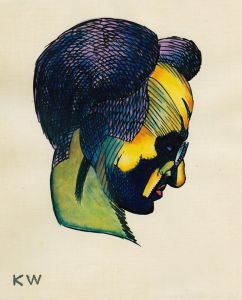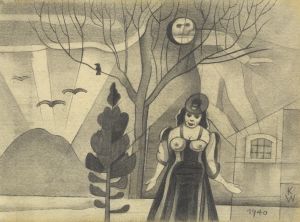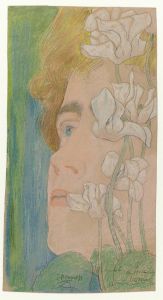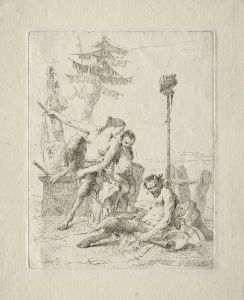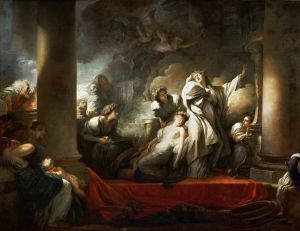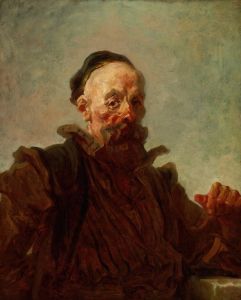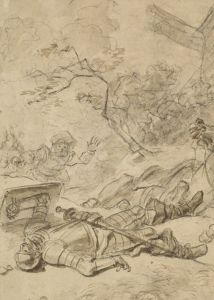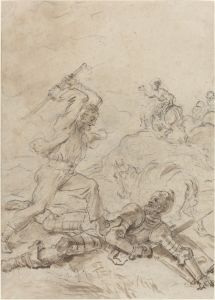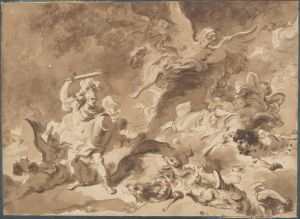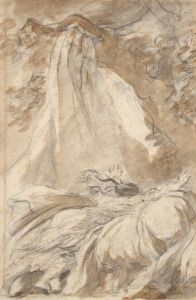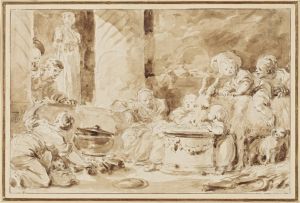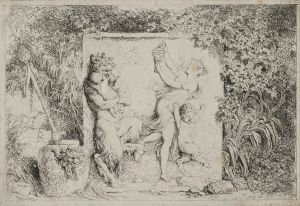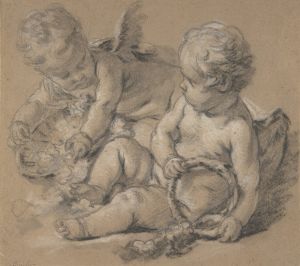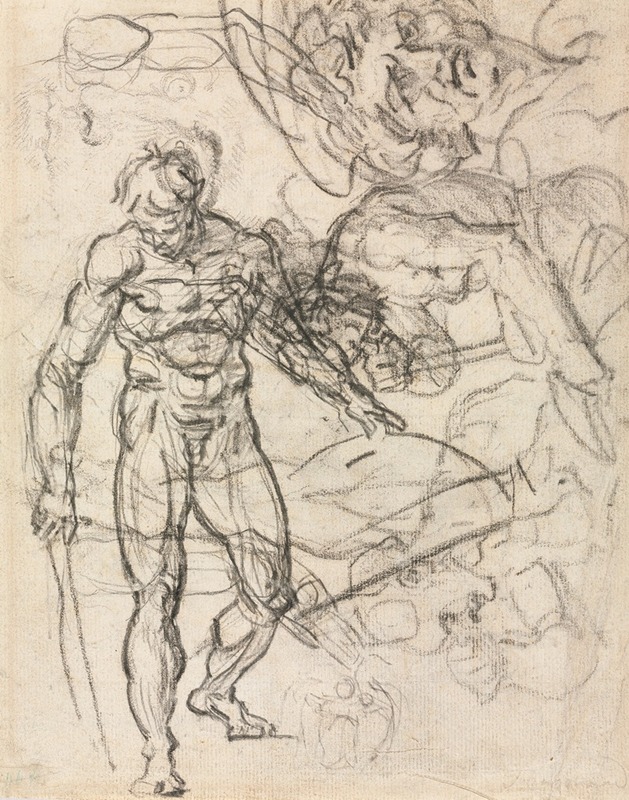
Figure Studies
A hand-painted replica of Jean-Honoré Fragonard’s masterpiece Figure Studies, meticulously crafted by professional artists to capture the true essence of the original. Each piece is created with museum-quality canvas and rare mineral pigments, carefully painted by experienced artists with delicate brushstrokes and rich, layered colors to perfectly recreate the texture of the original artwork. Unlike machine-printed reproductions, this hand-painted version brings the painting to life, infused with the artist’s emotions and skill in every stroke. Whether for personal collection or home decoration, it instantly elevates the artistic atmosphere of any space.
Jean-Honoré Fragonard's Figure Studies is a work attributed to the renowned French Rococo artist, who is celebrated for his dynamic compositions, playful themes, and masterful use of light and color. Fragonard (1732–1806) was a prolific painter and draftsman, known for his genre scenes, portraits, and allegorical works. While specific details about Figure Studies are limited, such works typically served as preparatory exercises or standalone explorations of the human form, a common practice among artists of his time.
Fragonard's figure studies often reflect his exceptional skill in rendering anatomy and movement, showcasing his ability to capture the subtleties of posture, gesture, and expression. These studies were likely created using live models, a standard method for artists to refine their understanding of human anatomy and to experiment with composition and technique. Fragonard's loose, fluid brushwork and his ability to convey vitality and emotion are evident in many of his sketches and paintings, including works categorized as figure studies.
As a Rococo artist, Fragonard's works are characterized by their lightheartedness, elegance, and decorative qualities. His figure studies may have been used as references for larger compositions or as exercises to hone his craft. These studies often reveal the artist's creative process and his focus on the interplay of light and shadow, as well as his interest in capturing the dynamism of the human body.
Due to the nature of figure studies as preparatory works, they were not always intended for public display or formal exhibition. Instead, they served as tools for the artist's personal development or as part of the creative process for more elaborate works. Fragonard's figure studies, like many of his contemporaries', provide valuable insight into his artistic methods and the broader practices of 18th-century European art.
The exact date of creation, medium, and dimensions of Figure Studies are not definitively documented, and further research may be required to establish these details. However, the work is consistent with Fragonard's broader oeuvre and his reputation as one of the leading figures of the Rococo movement.
This description is based on the general characteristics of Fragonard's work and the historical context of figure studies in 18th-century art. Specific information about Figure Studies remains limited.





